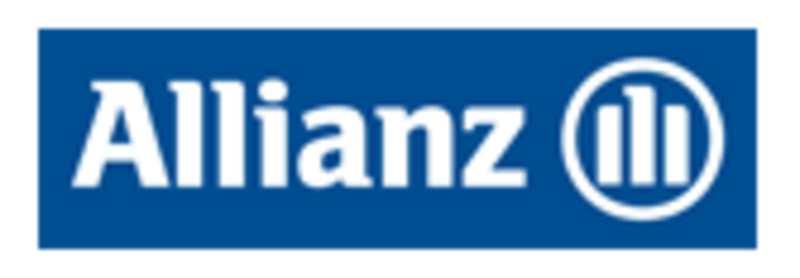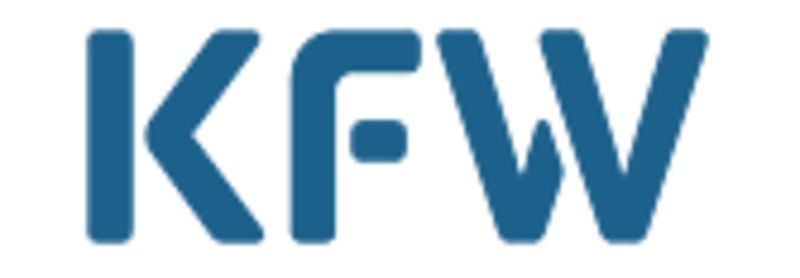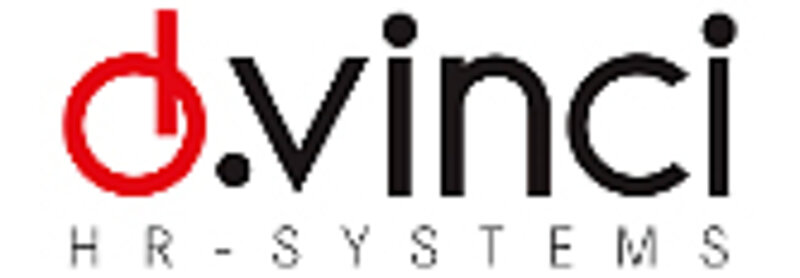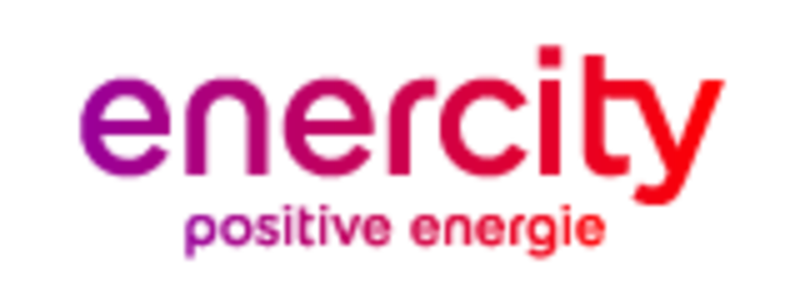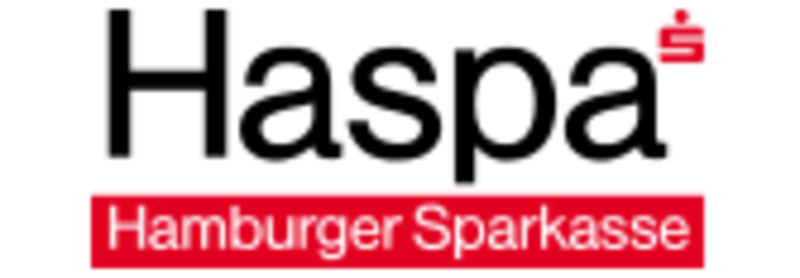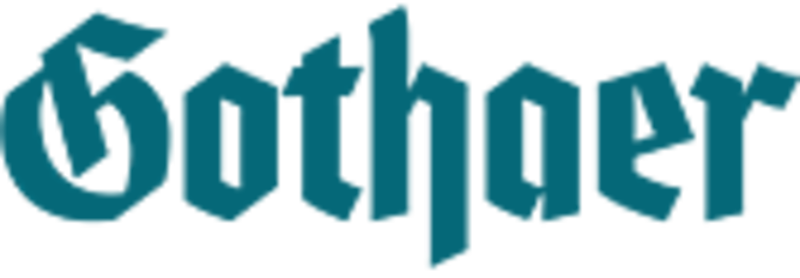UNION TANK Eckstein GmbH & Co. KG
Mainparkstr. 2–4
D-63801 Kleinostheim/Main
Germany
Additional information about UNION TANK can be found at www.uta.com.
Print on demand: Never again outdated product documents!
The costs for forms, product documentation and forms were significantly reduced at Union Tank Eckstein, the leading fuel card and service specialist for commercial goods and passenger transport, by using a print-on-demand solution based on Lotus Domino. With the help of an application realized by the Berlin Intranet specialist altavier Informationssysteme und Consulting GmbH, the previously maintained stock of forms and product documents could be almost completely abandoned: All documents relevant for a prospective customer or customer are now printed only on request and then sent immediately. The danger of passing on outdated documents is thus eliminated. The update is not only less expensive, but can also be carried out for the branches of the service company operating throughout Europe from the head office.
Initial situation
UNION TANK Eckstein GmbH & Co KG, known by the abbreviation UTA, has established itself for over 35 years as a fuel card and service specialist for the whole of Europe. Through its branches, sales offices and agencies represented on the entire continent, it serves customers in over 25 European countries with several hundred thousand vehicles. Each branch is exclusively responsible for the customers resident or assigned to it in its territory.
Previously, each branch ordered large quantities of forms, brochures and information sheets for its customer supply, which were printed in the traditional way using the costly offset process. It often happened that when updating addresses, service information or conditions, the printed material had to be destroyed. Furthermore, there was no information about which documents had already been handed over to which customer.
Olaf Schneider, Head of Networks - Information Management, and Sven Peter, responsible for the Lotus Domino infrastructure, implemented a radical departure from the previous system. The previously pre-produced documents were to be replaced by a print-on-demand system (POD system) for all branches, thereby significantly reducing printing and material costs. At the same time, digital dispatch of documents should also be made possible.
Requirements
The main requirement of the POD system was to manage, provide and print on demand all documents that had previously been available in paper form in digital form. If required, every authorized field or office employee can compile all documents relevant for the respective document recipient via intra/extranet access via browser and generate an individual cover letter for this purpose, whereby predefined text modules are available to him. The cover letter as well as the list of documents to be printed and sent are stored directly in connection with the data of the document recipient, so that the communication processes can be traced at any time. The printing and dispatch of the documents is carried out in a central office at the UTA headquarters in Kleinostheim near Aschaffenburg. As an alternative to the postal service, the customer can also receive the cover letter and the requested documents by e-mail with file attachment.
Implementation
The Berlin intranet specialists of altavier, who were commissioned with the implementation of the UTA wishes, designed a dual system architecture, which took into account the different requirements of the users on the one hand and the central dispatch on the other hand: While the administration of the POD documents and the request of print jobs are operated via standard web browsers, thus achieving the greatest possible independence of location, a solution based on Lotus Notes was developed for the print workstations.
Via the user guidance implemented in the browser, the administration of text modules (for the design of letters to customers) and of documents (creation and search) as well as different letterheads of the branches are available. Following the authorization and security concept, only those functions for which the respective user is authorized are displayed in all menu levels and documents. In a further menu area, the documents are compiled individually for each customer and released for printing. Views by recipient, date, status and customer group allow quick navigation and evaluation of the work results. As mentioned above, the printout of the work results is done via a Notes client.
Decisive for this design decision was the better handling of print jobs and external devices via the Notes client as well as the relief of the server by controlling the external printers. In order to realize print outputs which are difficult to access via the Notes client (e.g. footers or high-resolution graphics), a NotesToPaper solution from SoftVision Development GmbH was used. In contrast to other third party products such as MS-Word, PDF-Writer etc., NotesToPaper can be fully integrated into the Notes landscape, thus avoiding the need for additional interfaces. Uniform printability of the documents is ensured by prior conversion into PDF documents (or binary Postscript files that are copied directly to the printer port via spool processes). However, the field or office staff also have the option of instructing the dispatch of non-printable items (e.g. greeting cards or promotional gifts). After printing has been completed, the status of the documents is set to "completed". Manual resetting of the status can trigger a new printout in case of printer problems.
Safety concept
The access and security concept distinguishes three authorization levels:
- Administration
- Branch office and
- Shipping
Users with the "Administration" authorization can create and edit text modules, letterheads and documents. This authorization is defined as a role and authorizes the creation of shipping documents only in combination with the role branch office. The authorization level branch office allows all employees of a branch office to create and edit shipping documents. By creating and using corresponding author and reader fields, it is ensured that all documents always have a visibility related to a branch. This takes account of the responsibility distributed within the UTA organisation. The underlying database concept still allows the rollout of a uniform application for all organizational units and thus reduces local and central administration effort. Finally, with the "Dispatch" authorisation, it is possible to edit all dispatch documents.
Results
The POD service has been running in trial operation since the end of 2000 and in productive operation since the beginning of March 2001. Olaf Schneider as Head of Networks - Information Management is enthusiastic: "With this new service, we have permanent access to up-to-the-minute documents. A high-quality A3 colour laser printer ensures that there is no loss of quality compared to pre-printed documents. Due to the savings in printing costs, the much greater transparency in customer service and the reduced coordination effort with the printing companies, the solution will pay for itself within a few months", says Sven Peter, who as project manager is in constant contact with the users of the system throughout the company, and shares Olaf Schneider's enthusiasm: "The feedback from the branches is very positive. You are relieved of the burden of shipping. Furthermore, the handling of the system is considered to be very user-friendly. We are sure that the functionalities of the POD system will be further expanded and will result in the realization of a second expansion stage".
Outlook
The data of customers and prospects are currently written completely in Notes databases and temporarily synchronized with the data stock on the IBM AS/400 server. The next goal is to provide direct access to the DB2 inventory to ensure the highest level of timeliness.
The articles published here reflect the opinion of the customers of the SoftVision Development GmbH and not that of the SoftVision Development GmbH. The copyright for the contributions, as far as they are copyrightable, remains basically with the author, with the obvious restriction that the author gives the SoftVision Development GmbH the right to keep the contribution permanently on the internet pages of the SoftVision Development GmbH with the release of his contribution. However, any publication of the contributions by third parties requires the consent of the author.







